British stamps, an enduring symbol of the nation’s heritage and cultural identity, offer a fascinating glimpse into the evolution of postal history, art, and national milestones. Since the introduction of the world’s first adhesive postage stamp, the Penny Black, in 1840, British stamps have captivated collectors and enthusiasts around the globe. This article delves into the rich history, notable issues, and artistry that define British stamps.
The Birth of Penny Black
The story of British stamps begins with the Penny Black, issued on May 1, 1840. Designed by Rowland Hill and featuring the profile of Queen Victoria, this stamp revolutionized the postal system by introducing a standardized rate for mailing letters. The Penny Black’s simplicity and elegance set the standard for future stamp designs and marked the beginning of an era where postage stamps became essential to daily life.

Victorian Era and Beyond
Following the Penny Black, the Victorian era saw a series of innovations and design changes. Stamps featuring different denominations and colors were introduced to cater to varying postal rates. The Penny Red and the Two Penny Blue are notable examples from this period. The intricate line engravings and the use of Queen Victoria’s effigy became hallmarks of these early stamps.
The transition to the 20th century brought new monarchs and new designs. King Edward VII’s reign saw the introduction of stamps with his portrait, followed by King George V, whose reign is particularly significant for the issuance of the iconic “Seahorse” stamps. These high-value stamps, designed by Bertram Mackennal, are celebrated for their intricate and artistic depictions of Britannia on a chariot drawn by seahorses.
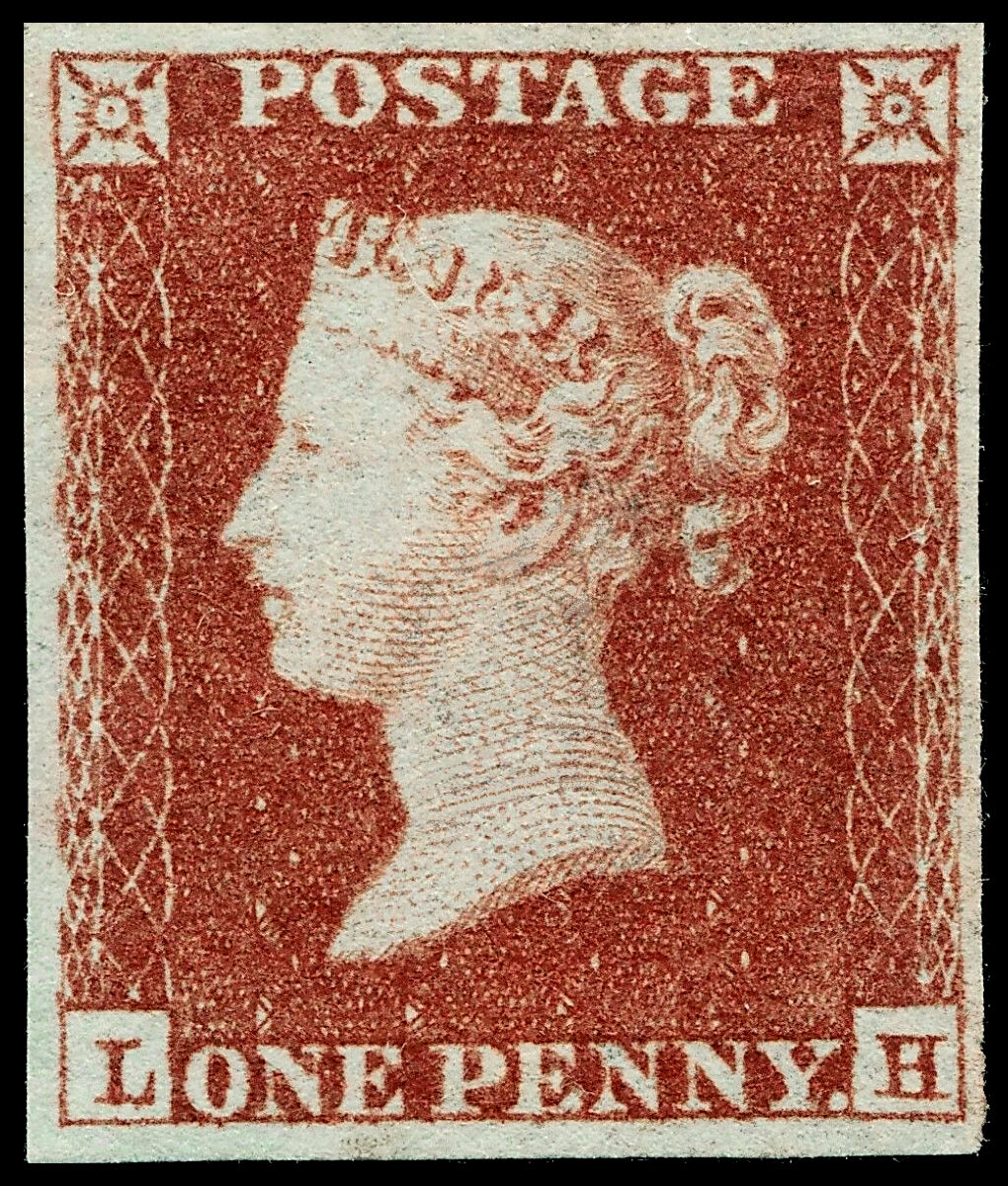
Commemorative and Special Issues
The mid-20th century marked a shift towards commemorative stamps, which celebrated significant events, anniversaries, and notable figures. The first British commemorative stamp was issued in 1924 to mark the British Empire Exhibition. This trend continued with stamps honoring royal events, such as Queen Elizabeth II’s coronation in 1953, and national achievements, like England’s 1966 World Cup victory.
Thematic collections have also become a staple of British stamps. Themes range from flora and fauna to historical milestones and cultural icons. For instance, the 1967 British Wildflowers series and the 1973 Cricket Centenary series exemplify the diversity and richness of British stamp themes.

Modern Innovations
British stamps have embraced modern printing techniques and design innovations in recent decades. Introducing self-adhesive stamps, holographic images, and unique materials has added a new dimension to stamp collecting. The Royal Mail has also issued stamps featuring popular culture, such as the Harry Potter series, and collaborations with renowned artists and designers.

The Role of British Stamps in Philately
British stamps hold a special place in the world of philately. Collectors prize them for their historical significance, artistic merit, and the stories they tell. Philatelic societies, exhibitions, and auctions continue to thrive, showcasing rare and valuable British stamps. Notable collections, such as the British Library’s Philatelic Collections, offer a treasure trove of postal history for enthusiasts and researchers alike.
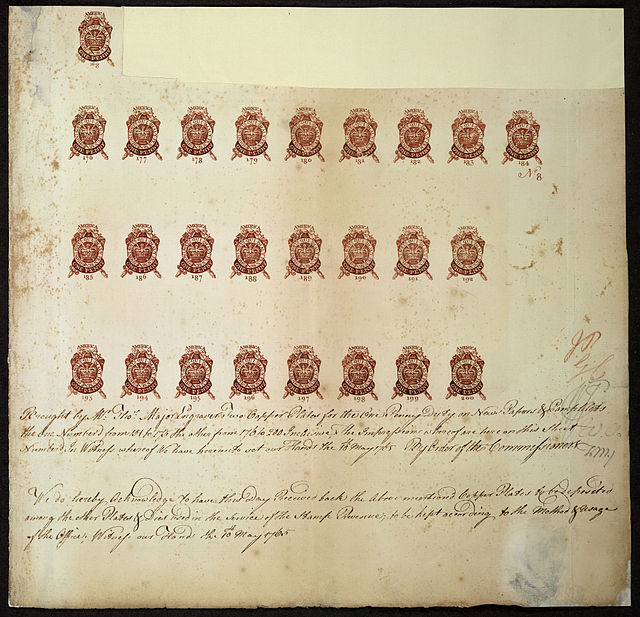
Conclusion
From the pioneering Penny Black to today’s vibrant and diverse issues, British stamps reflect the nation’s history, culture, and artistic achievements. They serve as miniature canvases that chronicle the past and celebrate the present, making them an enduring and cherished aspect of British heritage. Whether you are a seasoned philatelist or a casual admirer, the world of British stamps offers endless opportunities for discovery and appreciation.


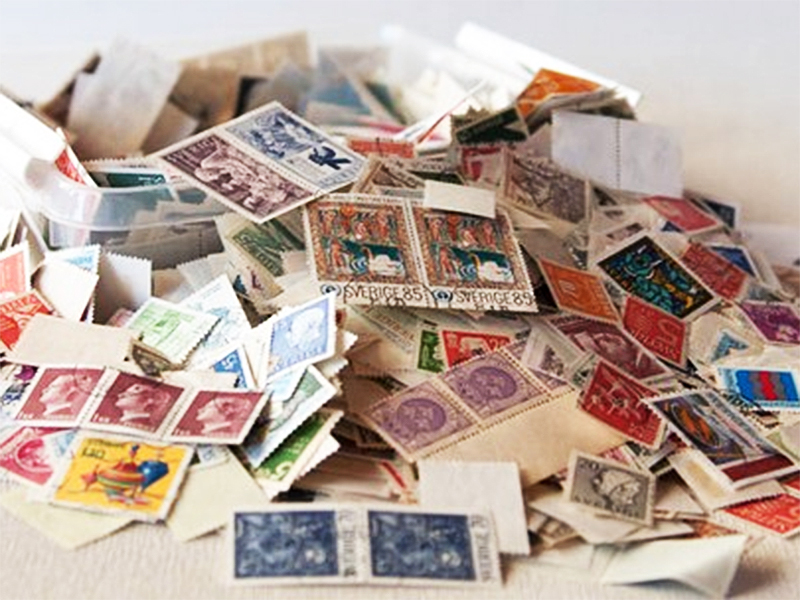
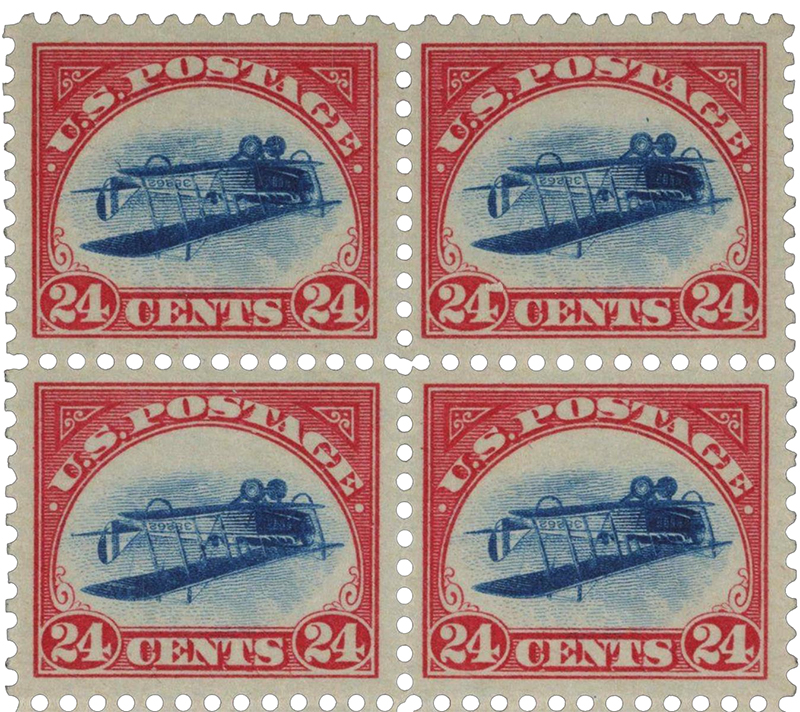
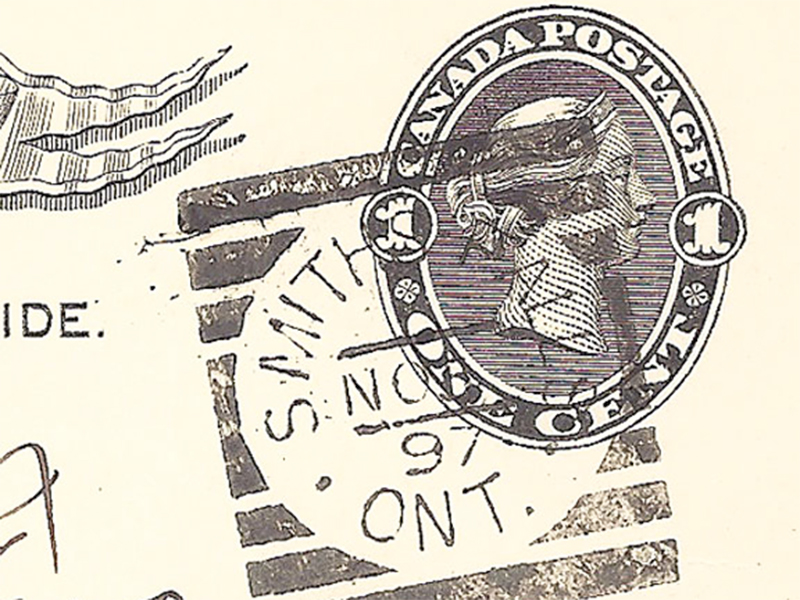

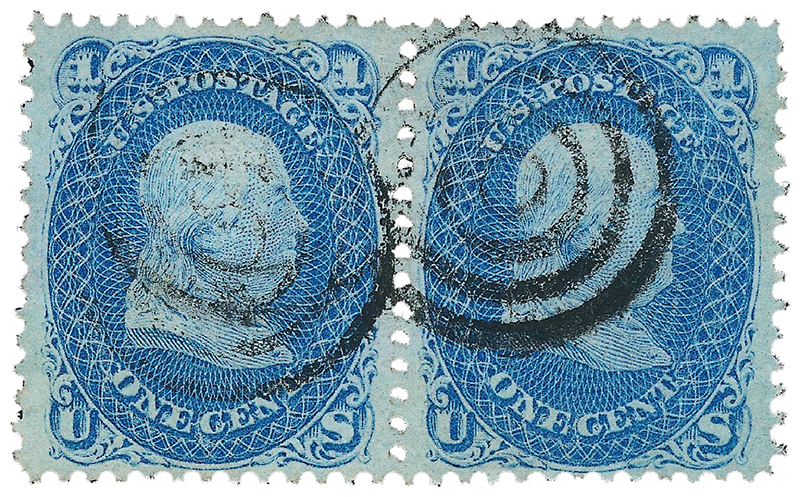




Leave a Reply